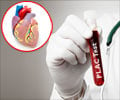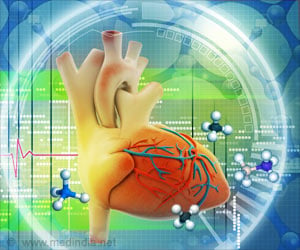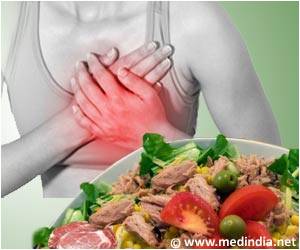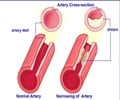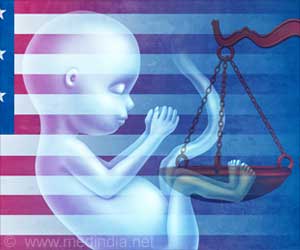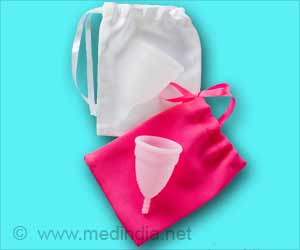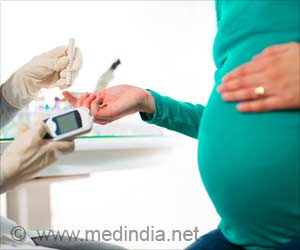As the concentrations of the sex hormone estradiol, the most potent estrogen, declined during menopause, greater volumes of cardiovascular fat were found.

For the study, El Khoudary and her team evaluated clinical data, including blood samples and heart CT scans, on 456 women in the US. The women averaged about 51 years of age and were not on hormone replacement therapy (HRT). As the concentrations of the sex hormone estradiol, the most potent estrogen, declined during menopause, greater volumes of cardiovascular fat were found. This finding held even after the research team took into account the effects of age, race, obesity, physical activity, smoking, alcohol consumption, medication use and chronic diseases.
El Khoudary said, "Developing prevention strategies to reduce cardiovascular fat in women at midlife may reduce their heart disease risk, especially knowing that the menopausal transition puts women at risk for excess fat around their hearts."
The study appears online in The Journal of Clinical Endocrinology & Metabolism.
Source-IANS

